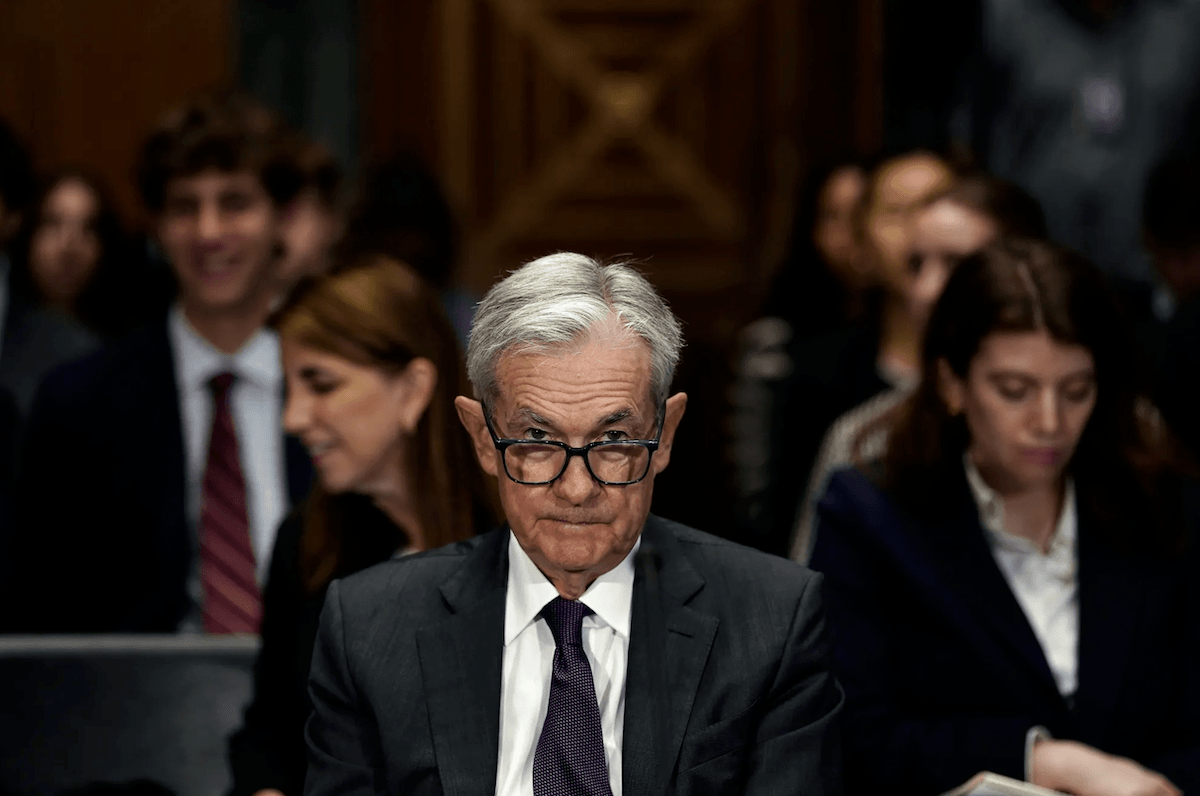
The recent bond market selloff has reignited Wall Street’s push to loosen capital rules that investors say have strangled liquidity in the $27 trillion Treasury market.
At the center of the debate is the enhanced supplementary leverage ratio (eSLR), a post-2008 regulation under Basel III that requires large U.S. banks to hold 5% capital against all assets — including U.S. Treasuries — regardless of risk level.
Supporters of reform argue that easing the eSLR would free up bank balance sheets, allowing institutions to buy more Treasuries, boost demand, and stabilize yields.
Earlier this month, Treasury Secretary Scott Bessent told Bloomberg that changes to the rule were likely coming “over the summer.” On Wednesday, the Federal Reserve officially unveiled its proposal to do just that.
According to the draft rule, regulators would cut capital requirements for big bank holding companies by 1.4% — roughly $13 billion — and lower the eSLR by 10% for their bank subsidiaries.
Fed Vice Chair for Supervision Michelle Bowman said the eSLR has become “a binding constraint rather than a backstop” to risk-based capital rules — which was never the intention.
“When leverage requirements become binding, banks are incentivized to reduce engagement in lower-risk, lower-return activities — including intermediating the U.S. Treasury market,” Bowman noted.
The Federal Reserve Board approved the proposal by a 5-2 vote, with collaboration from the FDIC and the Office of the Comptroller of the Currency.
Bowman said the changes would “help to build resilience in U.S. Treasury markets, reducing the likelihood of market dysfunction and the need for the Federal Reserve to intervene in a future stress event.”
But not all officials were on board.
Fed Governors Adriana Kugler and Michael Barr voted against the measure. Kugler warned it would “increase systemic risk in a manner that is not justified,” while Barr argued the proposal could lower capital at large bank subsidiaries by $210 billion.
“Firms will likely use the proposal to distribute capital to shareholders and engage in the highest return activities available to them, rather than to meaningfully increase Treasury intermediation,” Barr said.
Bowman pushed back, arguing that “changes at the bank level do not enable them to increase capital distributions to shareholders, as their holding companies would generally remain constrained by risk-based capital requirements.”
Now that the Fed has approved the draft, the proposal will move to a public comment period before any final rule is implemented.
Your email address will not be published. Required fields are markedmarked